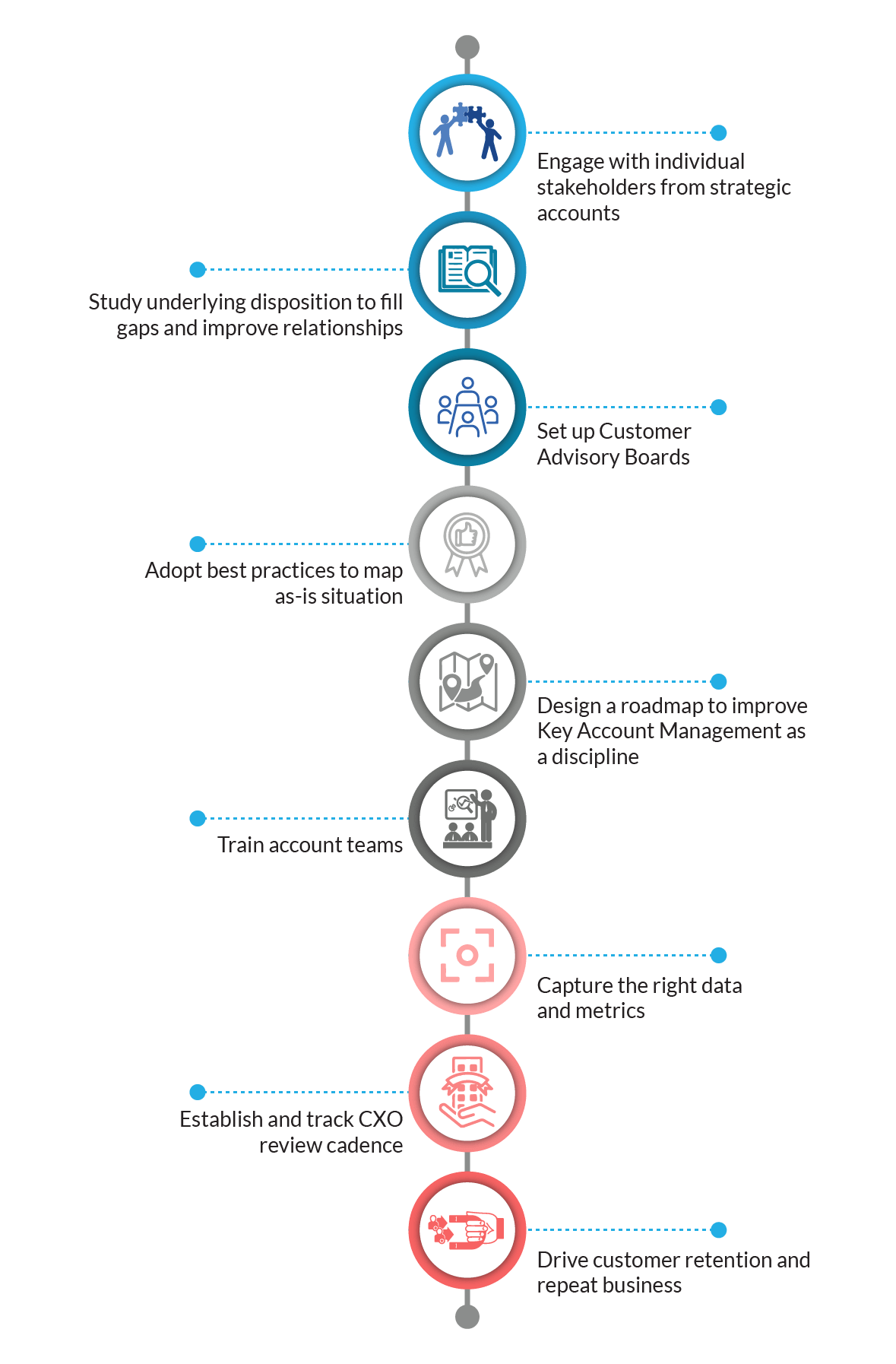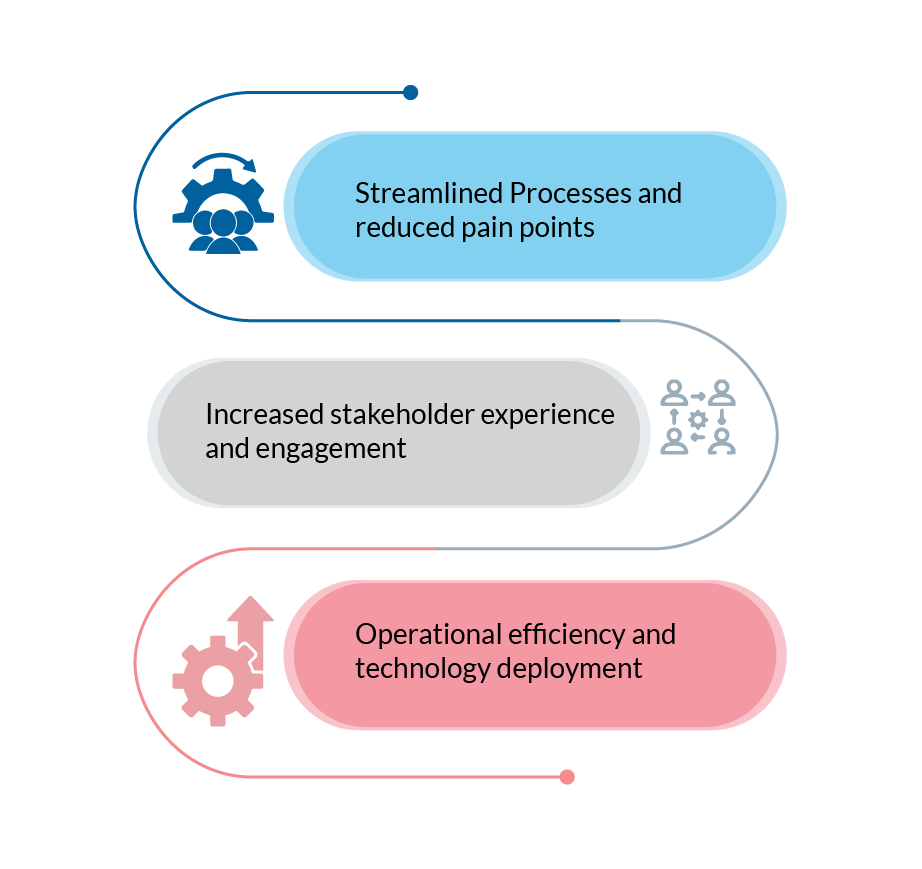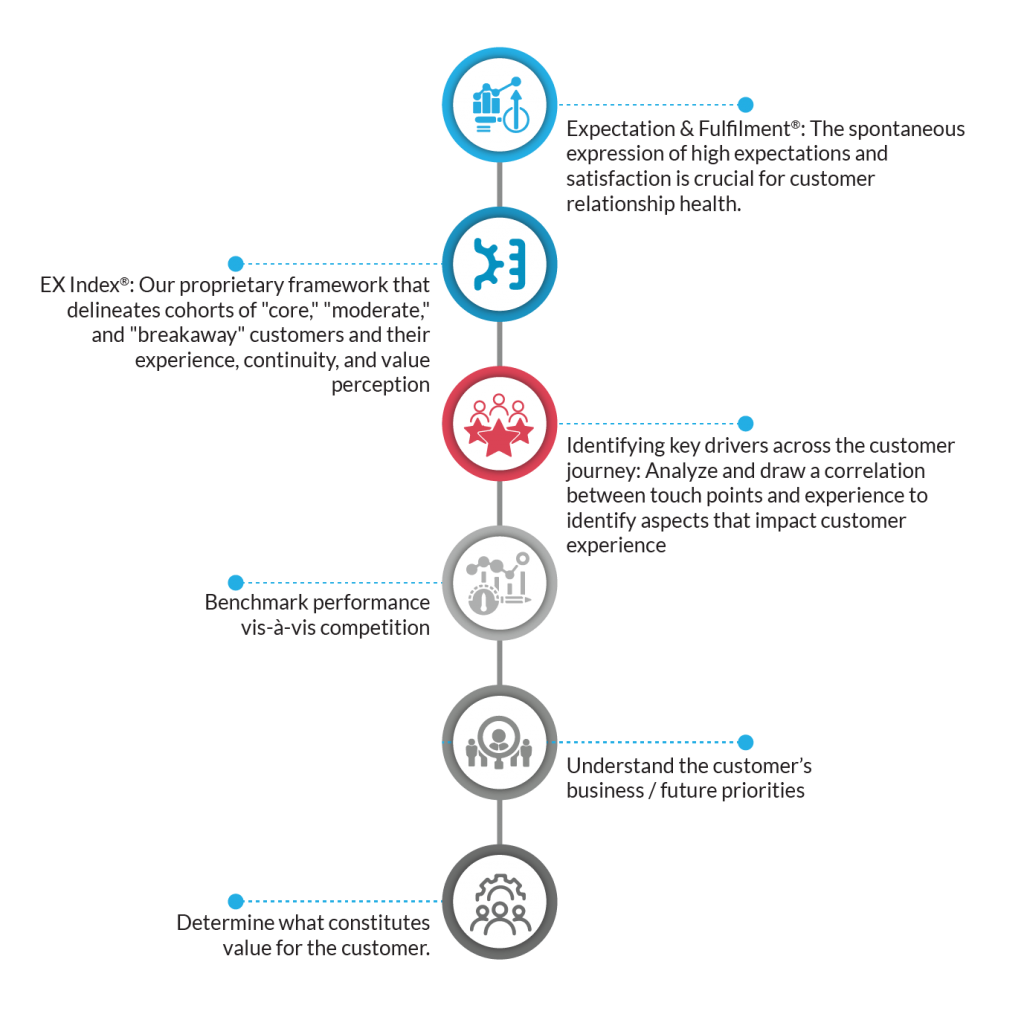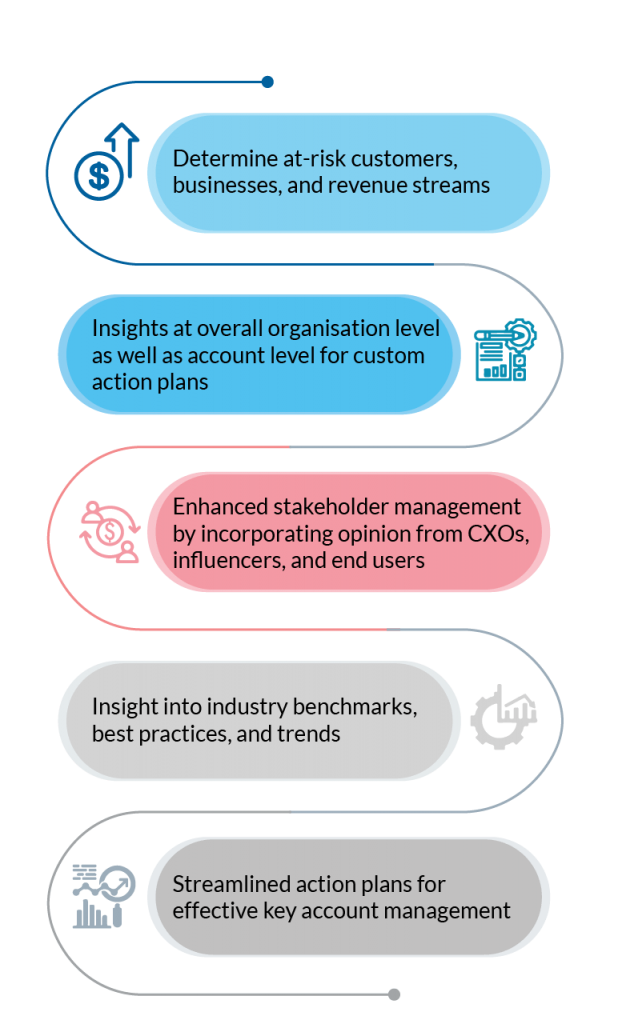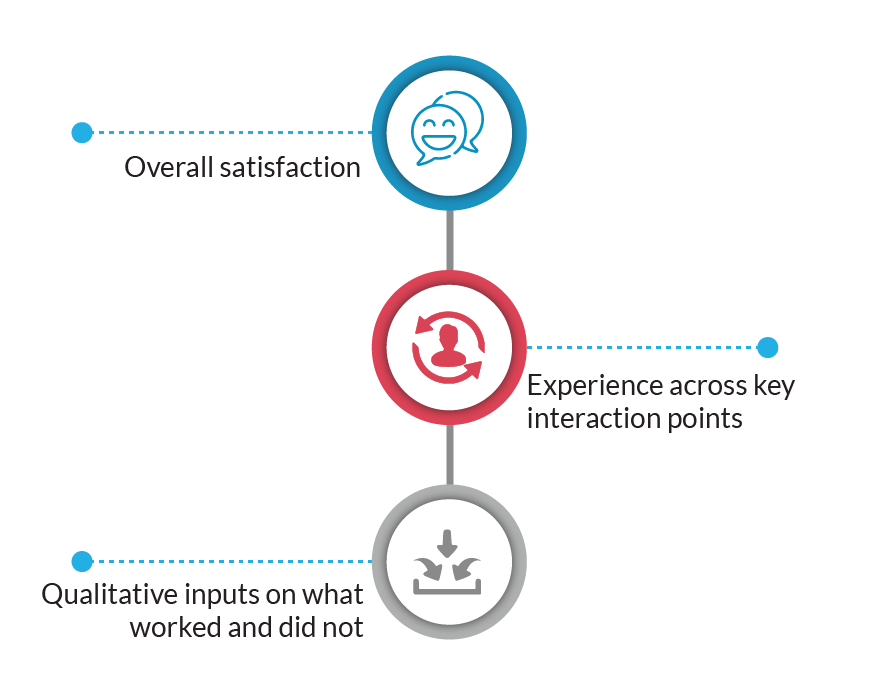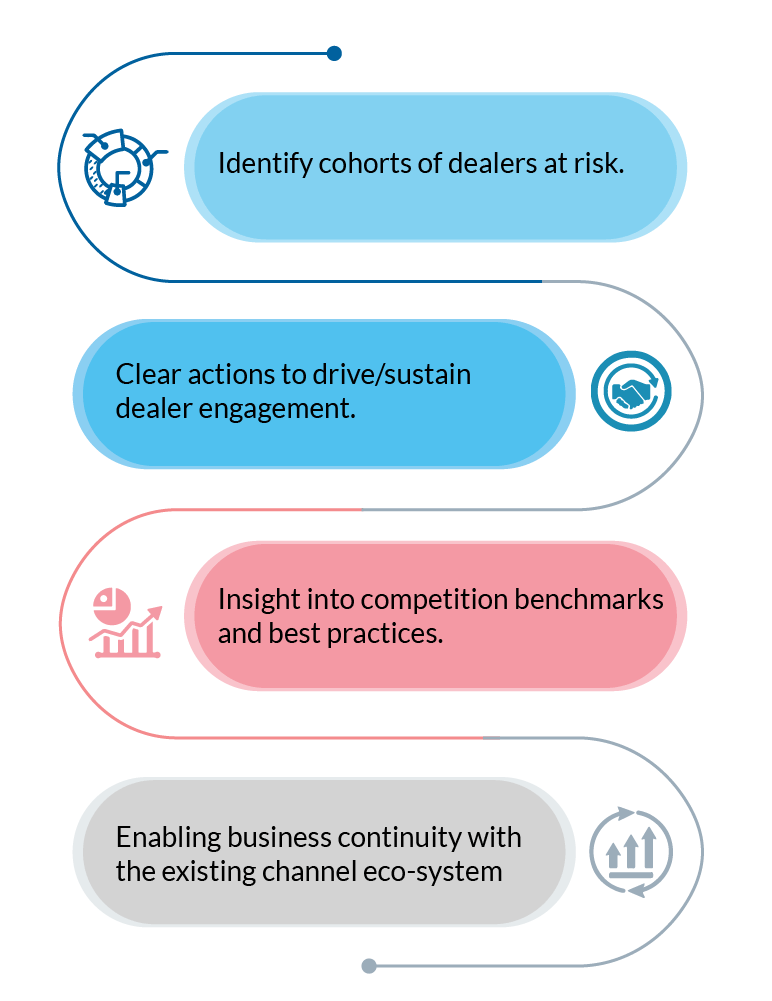“If you can’t measure it, you can’t improve it.”Peter Drucker
Peter Drucker
Metrics have become ubiquitous across driving growth and progress. These growth propellers are a double-edged sword. They can be good indicators and bad masters. Defining metrics and executing them well is thus crucial to drive desired outcomes. And, this blog explores the nuances of measuring right and measuring for success.
Metrics Go Wrong – Where and Why?
More isn’t always better when it comes to measuring. And that’s one reason why metrics go wrong. Metrics fixation – an overemphasis on metrics and over reliance on traditional wisdom for modern businesses are all hurdles.
One of the earliest incidents of metric obsession comes from the Vietnam war. Robert McNamara, the then US Defence Secretary, successfully applied quantitative methods to improve the logistics of the US armed forces. But when the same methods were applied to military campaigns and strategies, it spelled disaster for the US. The outcome has become one of the enduring lessons of modern wartime history.
Information Distortion
Metric fixation distorts information and impact decision-making. For example, one metric used to rate soldiers during the Vietnam war was the casualty rate. This resulted in soldiers randomly killing people which left the US with a very different picture of the ground reality.
Deliberate Manipulation
Closely allied to metrics fixation is metric gamification- a deliberate manipulation of metrics by creaming, data omission, data distortion etc. For instance, if policemen’s performance is measured by the number of cases solved, they may not register complex cases, or even not registering reported cases.
The way out is to gain a balance between measuring KPIs and traditional wisdom – the eye of experience. Doing it just right, is the trick.
How to Choose the Right Metric
Choosing the right metric is a critical step taking you closer to your business goals.
The current hyper-delivery models are a great example of not the best metrics chosen to measure performance. Promising delivery in 10-30 minutes have failed because they don’t fulfill a real need. Instead, they have created a negative impact on the life quality of delivery boys.
However, it is also vital to note that sometimes even the most thoughtfully planned metrics may not bring total objectivity.
So how does one overcome these issues and get metrics right?
The Golden Triangle of Metrics
Balance is vital to optimizing metric usage. Underusing measures can hamper a company’s progress, while overusing them may create metric fixation. But to truly get the best from your metrics, they need to fall within the Golden Triangle of Metrics- using the right metric in the right place and the right way. But how to decide what is right for you?
Choose What Suits Your Business
The right metric is one that matters to your business, and it requires to be implemented in the right way and right place to deliver results. A good example where the Golden Triangle of Metrics was followed, is the Michigan Keystone project.
In 2003, 108 ICUs in 77 hospitals collectively embarked on the Michigan Keystone Project. One of its main aims was to reduce patient deaths due to catheter related bloodstream infections. This project received critical acclaim due to the positive impact it had.
One reason for this project’s success was adherence to the Golden Triangle of Metrics. First, the metrics chosen were relevant to the goal and easy to measure and track- so they were the right metric. Then an infrastructure was created, as each hospital involved in the project had a trained team headed by a leader. This step ensured the metrics were implemented and monitored in the right way and place.
Technology: A Valuable Partner
Innovative technologies are shifting the way metrics work and making hard metrics more effective. Today one way to ensure you are getting the best from metrics is to partner them with technology. The service sector exemplifies this well. Earlier many SLAs would promise to pick up customers’ calls in 2 rings and call back in two minutes. However, in many cases it wasn’t practical. But now with technological progress, such metrics work.
Here Dell is a classic example. The company has become one of the best customer experience providing services. Furthermore, with the ongoing rapid digital transformation, technology’s ability to improve the effectiveness of metrics is only going to increase.
Context is Essential
Remember that one size does not fit all. A metric could work in one situation but not in another. Six sigma works in a manufacturing context because there the unknown and uncontrollable variables are few. However, it doesn’t function well when applied to a sales or relationship management process. This highlights a crucial point- metrics work best when dealing with inanimate phenomena as they are more controllable and less dependent on vagaries, making them easier to measure. But when dealing with people, measurement is more difficult due to the complexity and changeability of their motives and behaviours.
Thus, metrics are more successful in sectors like healthcare, manufacturing and production than in areas like measuring sales effectiveness or relationships.
Sufficiently Nebulous and Agile
Metrics work best when they are sufficiently nebulous; that is when some amount of allowance is built into them.
For example, a target like, start at least two additional services within three predefined markets is sufficiently nebulous and so works better than a rigid one, like revenue share of department X needs to be exactly 21%.
Having said all of the above It is essential to manage healthy metrics by keeping them agile and adaptable and aligned to changes in socio-economic ecosystems.
Mastering metrics to work them for business success is a long and diligent process. While these broad guidelines are a good starting point, for more, listen to this thought-provoking conversation from our Dec 21′ Huddle.





























